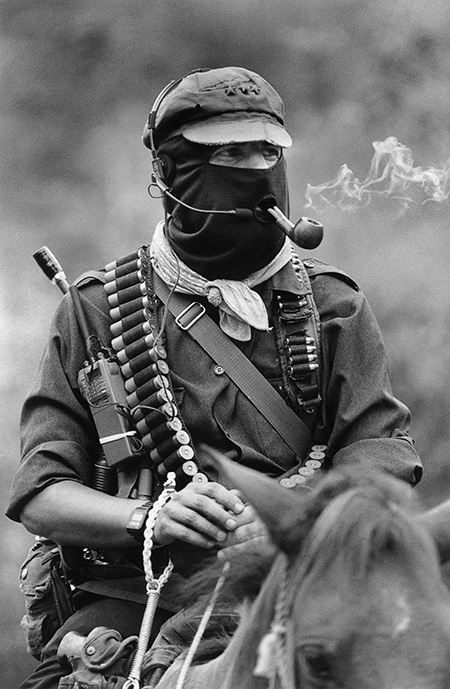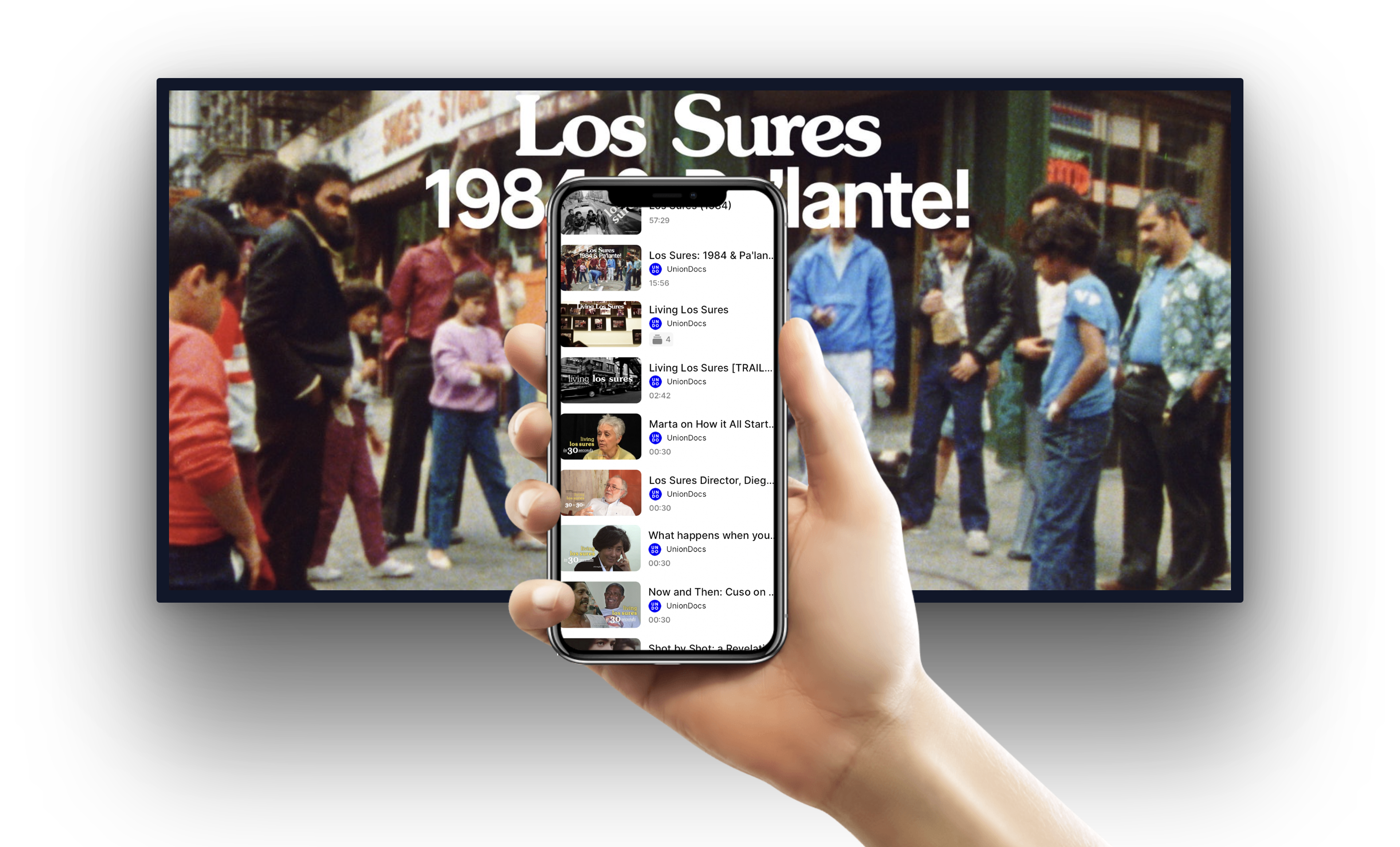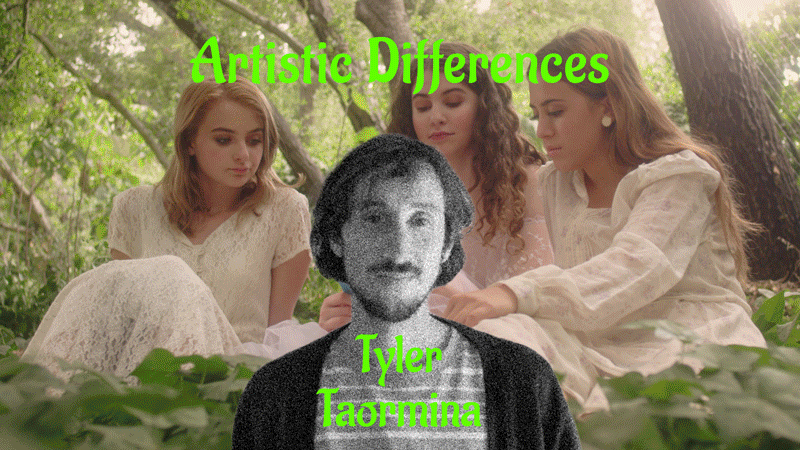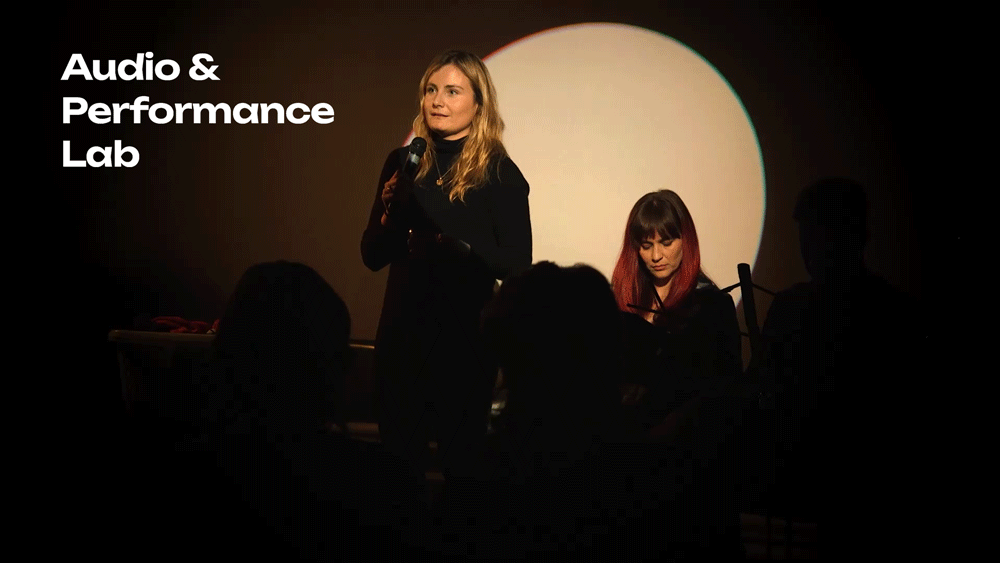
Subcomandante Marcos lights his pipe and says straight into the camera, “You’ve still got a lot of research to do. I don’t know what you have been doing all this time. How long have you been in Chiapas?” “Five months,” replies filmmaker Nettie Wild. “Hmm…” says the military commander of the Zapatista uprising, “….I’ve been here 12 years and I’m barely starting to understand.”
 On January 1, 1994, the day the North American Free Trade Agreement (NAFTA) took effect, the Zapatista National Liberation Army, made up of impoverished Mayan Indians from the state of Chiapas, took over five towns and 500 ranches in southern Mexico. The Government deployed its troops, and at least 145 people died in the ensuing battle.
On January 1, 1994, the day the North American Free Trade Agreement (NAFTA) took effect, the Zapatista National Liberation Army, made up of impoverished Mayan Indians from the state of Chiapas, took over five towns and 500 ranches in southern Mexico. The Government deployed its troops, and at least 145 people died in the ensuing battle.
Fighting for indigenous Mexicans to regain control over their lives and the land, the Zapatista Army, led by the charismatic, guerilla poet Subcommandante Marcos, started sending their message to the world via the Internet.
The result was what The New York Times called “the world’s first post-modern revolution.” Filmmaker Nettie Wild travelled to the jungle canyons of southern Mexico to film the elusive and fragile life of the uprising. Her camera effectively and movingly captures the human dimensions behind this war of symbols.
Filmmaker Nettie Wild will be present via video phone for a discussion following the screening.
Links to the history, media and activities of the Zapatista movement:
- Radio Insurgente – la voz de los sin voz, independent radio station and official voice of the EZLN
- ‘Unmasking Militarism’ – article by politico Tom Hayden recounting his travels to Chiapas and first hand encounters with globalization and resistance.
- ‘Reading a Video’ – communique from Subcomandante Marcos on the 10th anniversary of the Zapatista movement.
- EZLN Comunicados – near exhaustive compendium of EZLN statements and publications by Subcomandante Marcos and other Zapatista agents and committees, translated to English.







